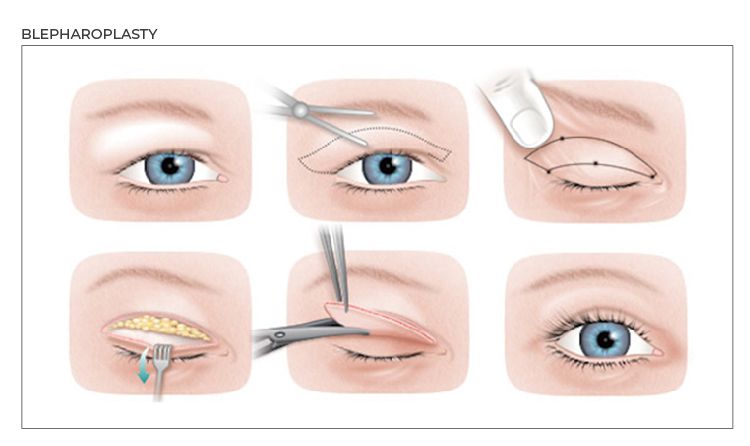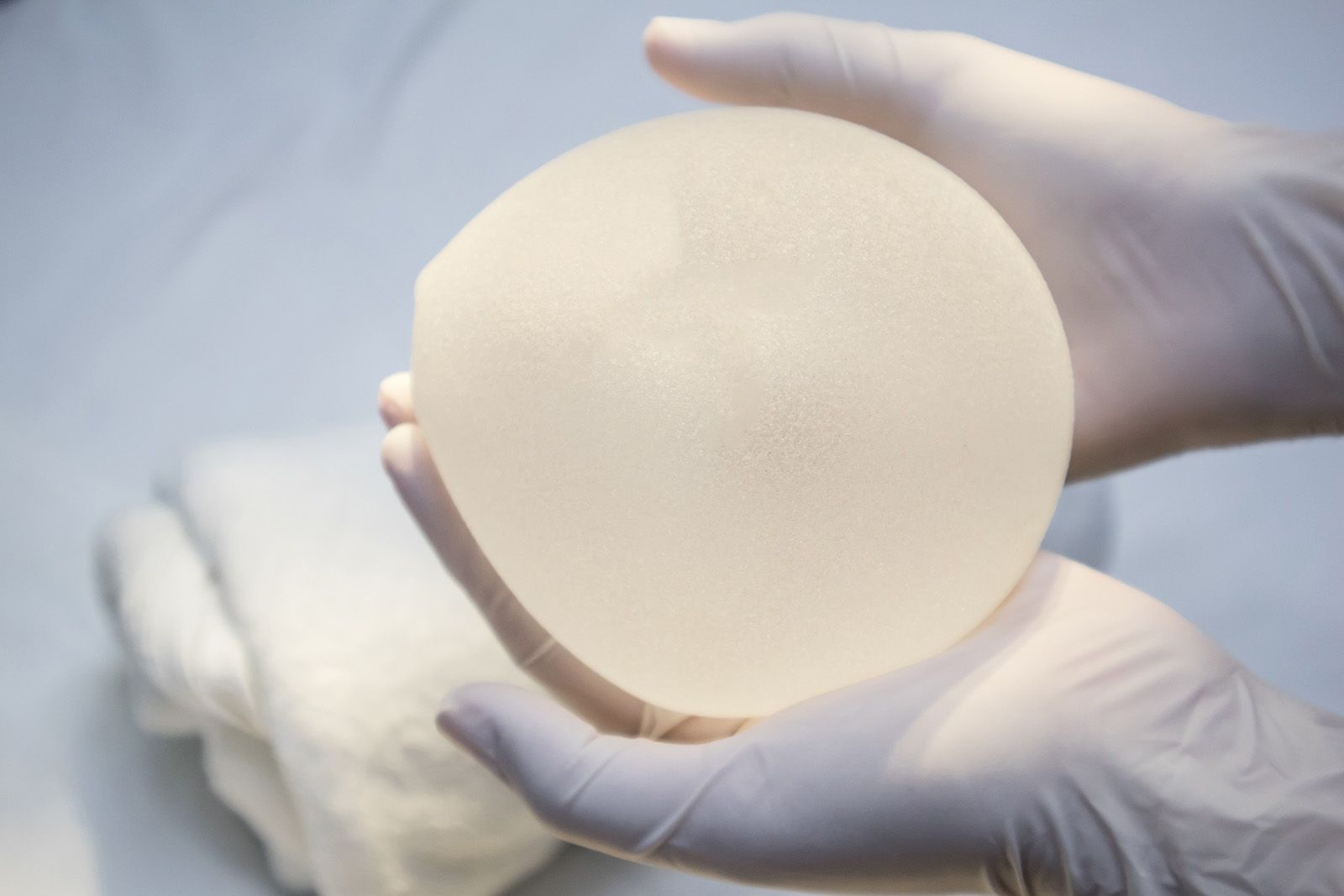
There are a few simple steps that you can follow to treat bleeding from breast augmentation. First, see your surgeon. A draining technique can be used to drain the blood and reduce pain and swelling. Then, they can administer a blood thinner to prevent further blood loss.
Hematoma
The late occurrence of hematoma after breast augmentation is extremely rare. Although the cause is unknown, the incident has been linked to a polyurethane coated implant and friction forces between surrounding tissue and the prosthesis. Ibrahim et al. Willens and colleagues reported late hematoma cases in women who underwent bilateral submuscular silicone breast augmentation. There have been cases of late bleeding that occurred between nine and 38 years after breast implant surgery.
Although it can be painful, the condition isn't usually serious and will resolve on its own. Avoid strenuous activities and sleep on your back to minimize swelling. In some cases, it may be necessary for the hematoma to be removed twice.

Seroma
Seroma bleeding may occur following breast augmentation. These symptoms include pain, swelling and discharge. These symptoms usually appear between 7-10 days and 10 days following surgery. Seromas that are left untreated can dissolve in a matter of months. However, more severe cases may take longer. Sometimes, severe cases may require surgery to remove the seroma. You can still manage your symptoms at home.
A disruption in the blood supply can lead to seroma formation. This disruption of the blood supply leads to tissue loss, known as necrosis. Different surgical techniques can result in different rates of seroma bleeding.
Post-operative bleeding
Minor bleeding after breast-augmentation is normal. Although patients should be cautious about excessive bleeding, if it does occur it is rarely serious. After your surgery, if you notice bloodstains on your clothes, cover it with tissue. You may see blood dripping from the incision. This is normal, but it could indicate more serious bleeding. Contact your doctor if there is excessive blood.
There are many factors that can cause post-operative bleeding. Post-operative bleeding can be caused by several factors. You can avoid post-operative bleeding by wearing compression garments that help restrict movement and place pressure on the wound site. Your surgeon may need the stitches to stop excessive bleeding. Your risk of bleeding is increased if there are a lot of bruises. For two weeks, avoid taking aspirin or blood-thinning medicines before and after the surgery.

Treatment
After breast augmentation, infections can be serious. If the infection is too severe, the surgeon will remove the implant and wait three to six months before inserting a new one. Fortunately, the cost of the procedure includes the costs of dealing with infection. It is normal for patients to experience some degree of asymmetry after the procedure. However, symmetry is not possible.
Bleeding in the breasts is very common. It can be treated by reducing blood flow to the affected area. Most cases will resolve themselves, but persistent bleeding may require a second procedure to drain the hematoma.